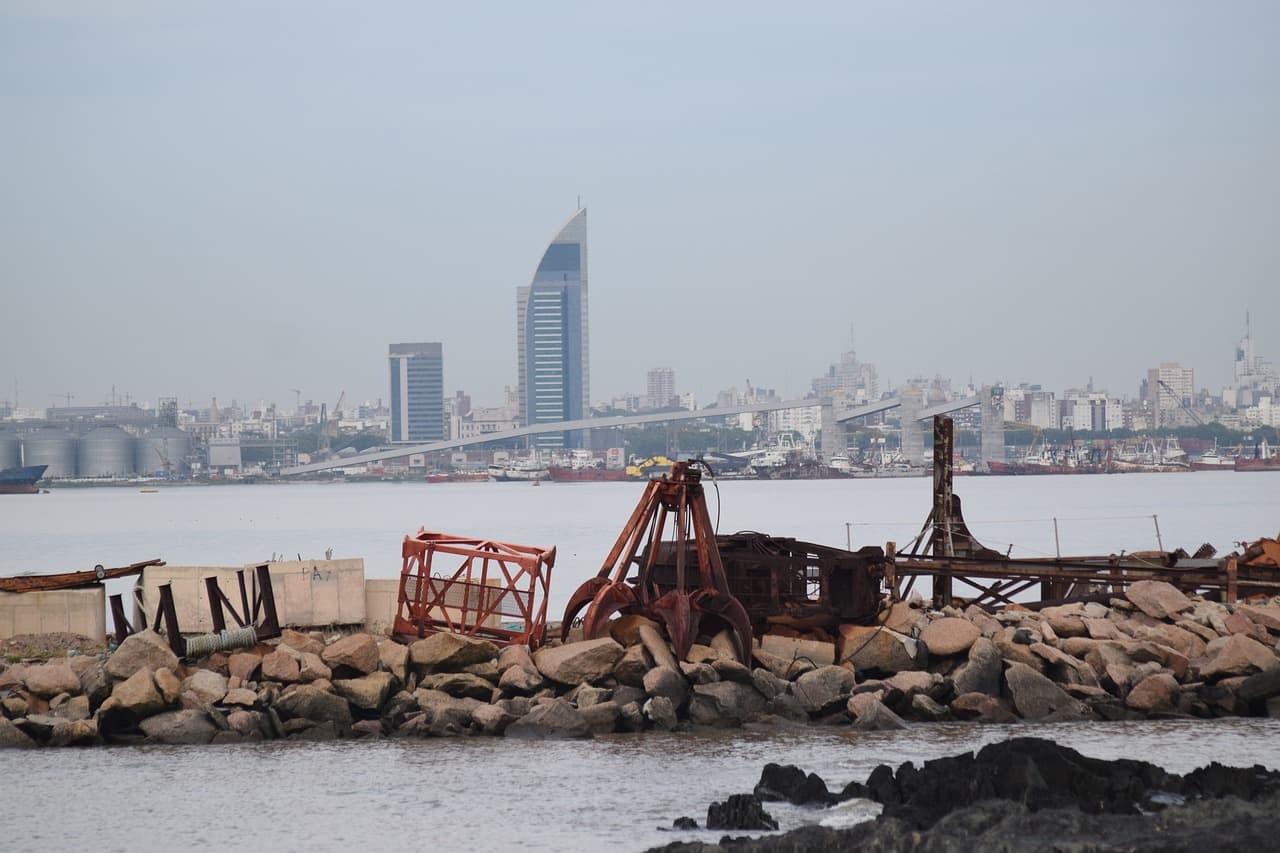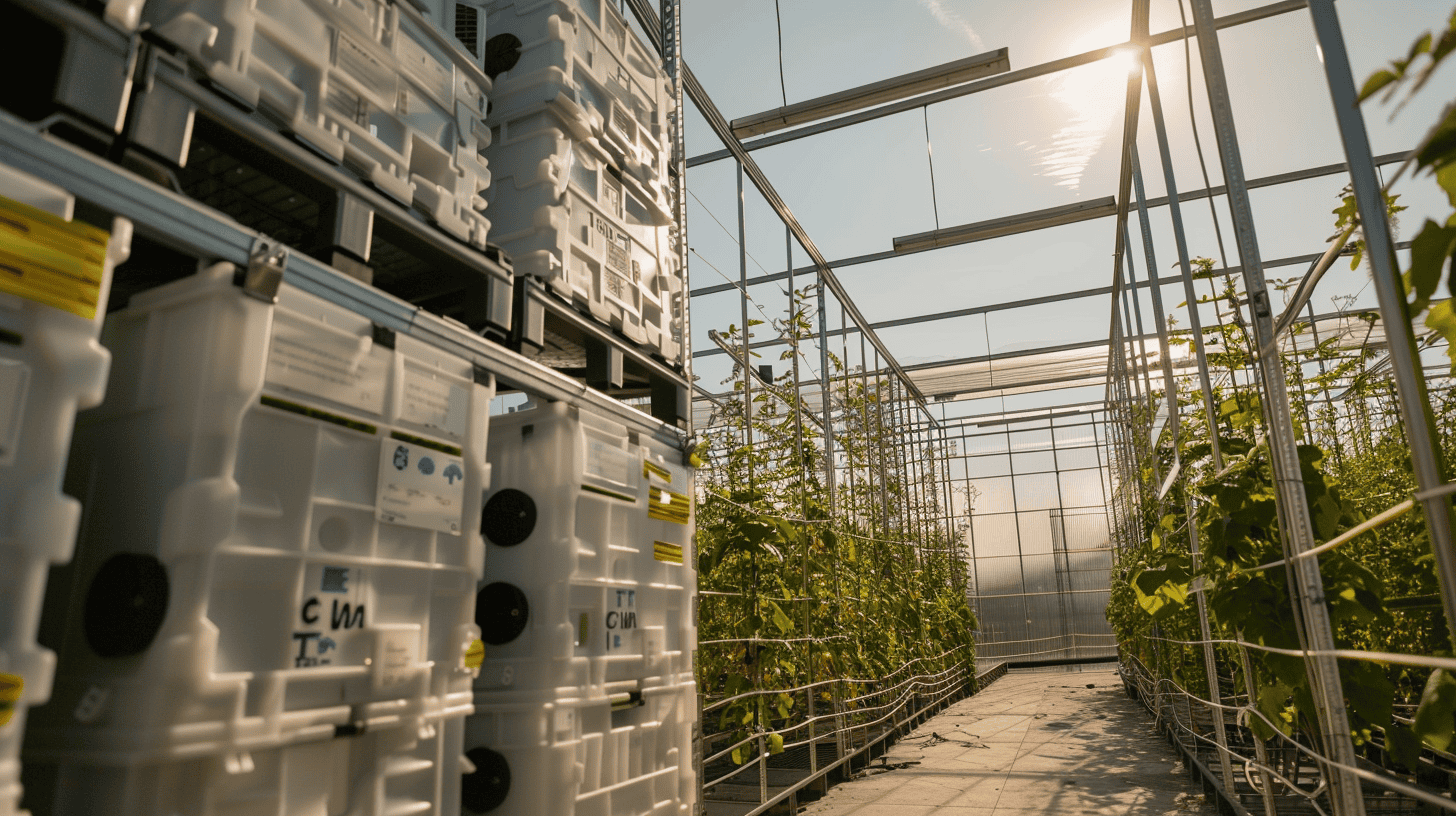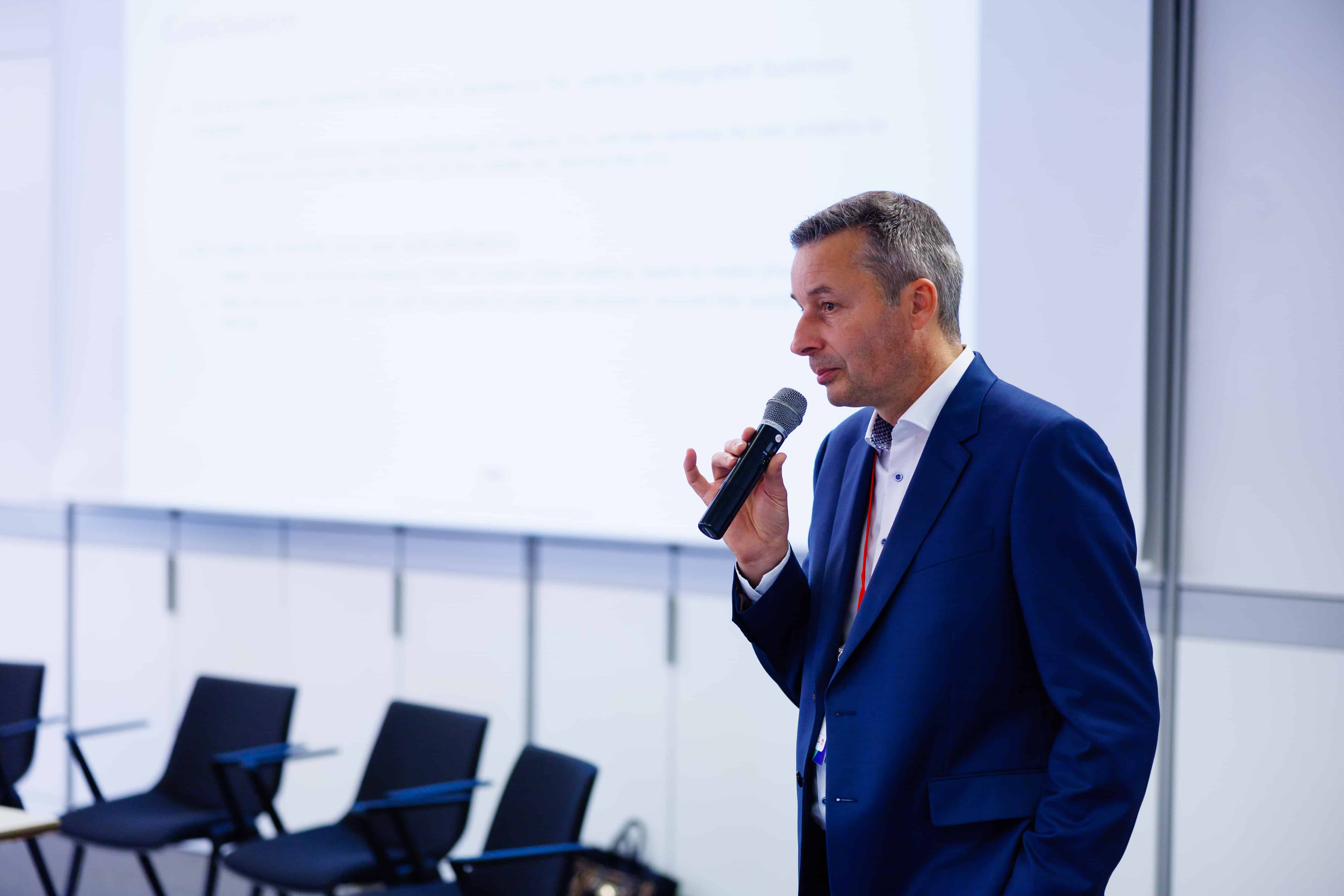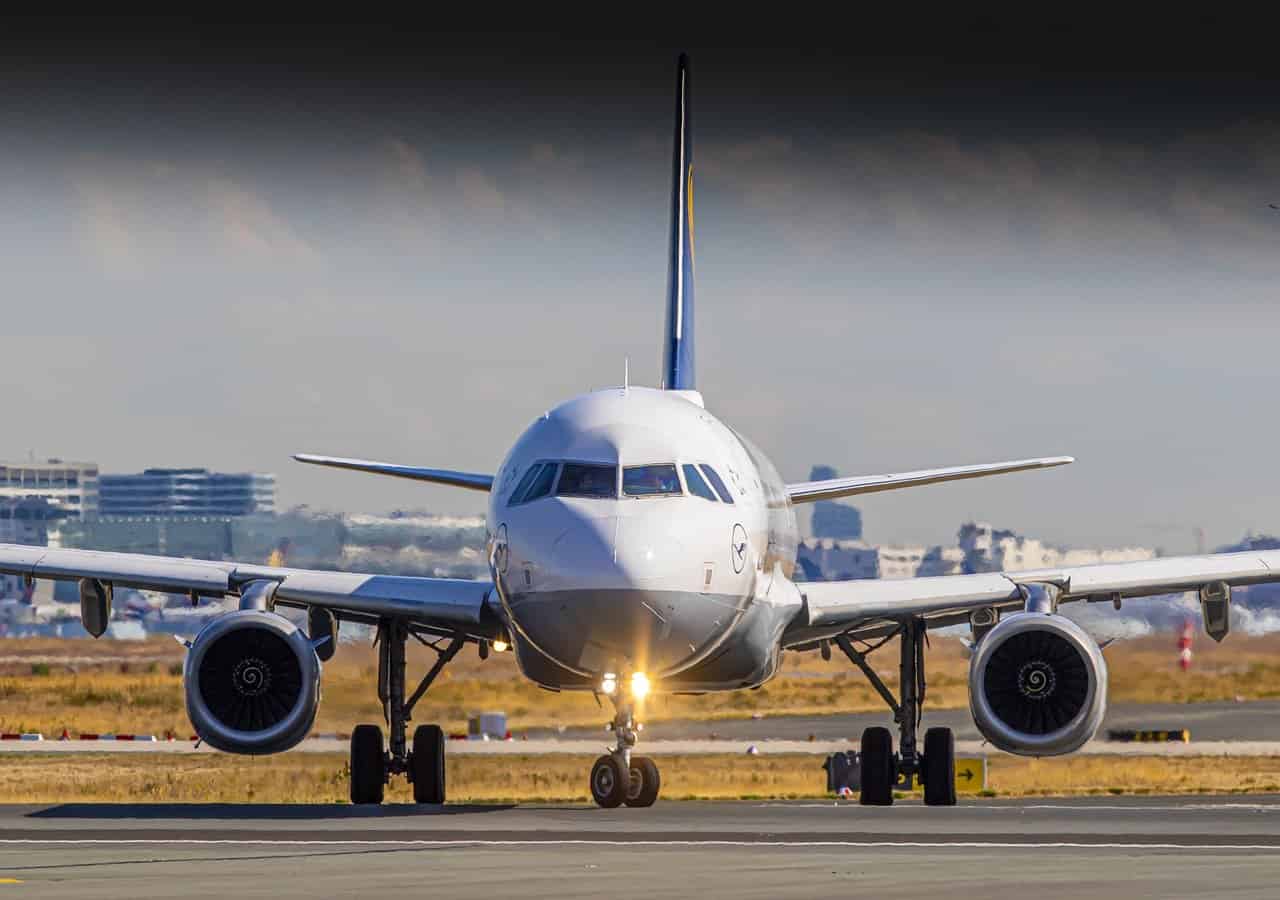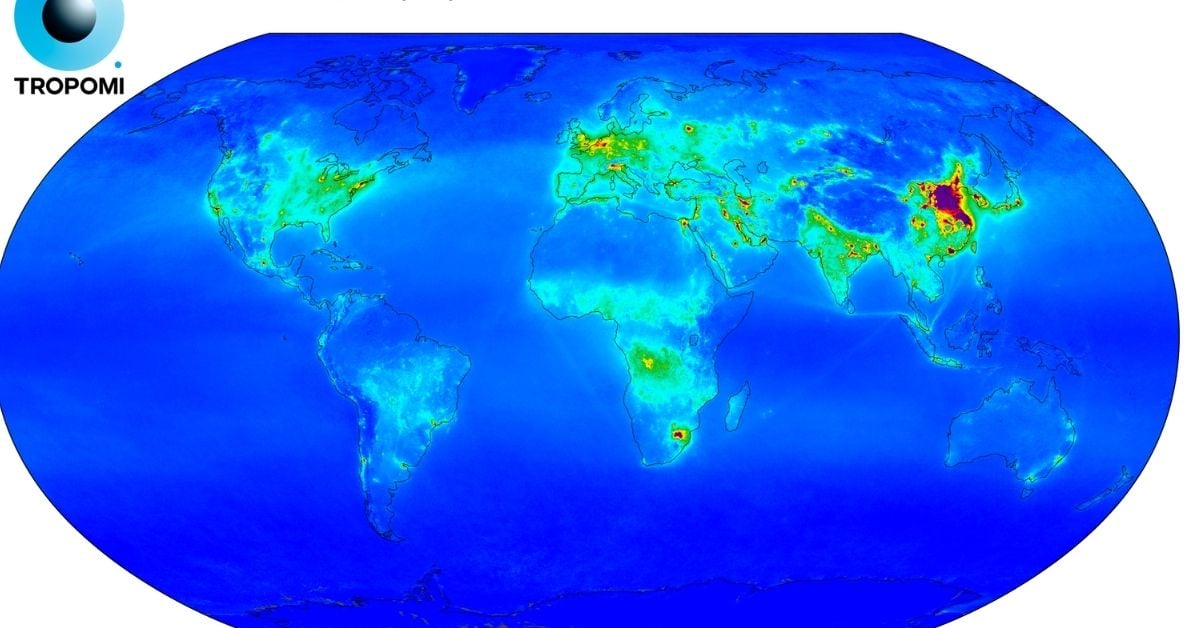
Climate change and air pollution are the key challenges of our time. As far as the European Union is concerned, our continent is set to become carbon-free by 2050. In order to cut down on greenhouse gas emissions, it is important to collect data on emissions over a longer period of time. This is done in the atmosphere, or more precisely, in the troposphere, the lowest layer of the atmosphere.
The Netherlands is a global leader in earth observation technology. To maintain this position and, of course, to give the climate problem a helping hand, the Royal Netherlands Meteorological Institute (KNMI), the Netherlands Organisation for Applied Scientific Research (TNO), the Netherlands Institute for Space Research (SRON) and Delft University of Technology have joined forces. Yesterday (February 3), the four parties signed a memorandum of agreement, thereby establishing the Clear Air consortium.
We spoke with researcher Pepijn Veefkind, from the satellite observations department at KNMI, to hear what innovations we can expect from the consortium and about the role of the Netherlands in this area of expertise.

What is so special about this consortium?
“The fact that four major parties which are strong in the field of Earth observation are joining forces to strengthen precisely this kind of knowledge, so that the Netherlands will remain ahead of the curve.”
What sort of innovations can we expect from the Clear Air consortium?
“One example of an innovation that we have in mind is the development of a small satellite that is capable of measuring emissions despite its size. This satellite will work together with larger satellites. The large satellites offer a spatial solution, while the small ones zoom in and provide a very good image quality.”
When will this ‘small’ satellite be launched?
“We believe that the launch, possibly in cooperation with the ESA, should be feasible within 5 years. That’s extremely fast in our field. Normally satellite development has a much longer lead time. The problem is that the funding is still lagging behind.”
Launching another satellite into space isn’t helping to reduce the waste problem in space.
“That is definitely a problem. But it is the case that we abide by international regulations and that our satellites are brought down safely after their service life and burn up in the atmosphere.”
What should we picture in terms of ‘big’ and ‘small’?
“With a large satellite, where there is the Tropomi on board, for example, you should think about the size of a washing machine and a weight of about 100 kilograms. A small satellite, on the other hand, has a volume of 4 to 5 liters and is much more lightweight. The advantage here is that the construction of such a smaller satellite is generally easier and cheaper, and the launch is also less of a chore.”
You mention Tropomi, what is that?
“Tropomi is a satellite instrument that surveys air quality around the world and does so in a very accurate way. Tropomi takes 100 minutes to orbit the earth and, at an altitude of over 800 kilometers, maps out the entire earth’s atmosphere in one day. The instrument measures reflected light, both visible light and infrared and ultraviolet, in up to 4,000 wavelengths. From these, nitrogen, sulfur dioxide, ozone and a set of other gases can be measured. It’s actually a very sophisticated camera system.”
Is Tropomi an example of Dutch excellence in this field?
“Although Tropomi falls under the Copernicus program, which pools European Earth observation efforts all together, the instrument was developed in the Netherlands and much of the data processing is done with Dutch input. Tropomi is the best there is in its field worldwide.”
Can this kind of technology and its generated data be monetized?
“Let us first reiterate that KNMI, which is responsible for the management of Tropomi and for the quality of the data, is not a commercial institution. Moreover, the raw data of this tool can be viewed by anyone. It is open source. However, there are parties that are currently developing the raw data for commercial services.”
What other innovations does the consortium envision?
“Although it is still in its early stages, we are in the process of developing a new generation of sensors for earth observation. It is important to develop increasingly smaller and more precise instruments.”
How come the Netherlands has become a frontrunner in this field?
“It has to do with the fact that for decades already our country has invested specifically in satellites capable of accurately observing emissions. A great deal of knowledge has been built up, and there are plenty of knowledge institutions that now specialize in earth observation. We started the consortium with this formation because we are a good fit. But the consortium is by no means a closed club. Our aim is for more knowledge institutions, not only Dutch but also from abroad, to join our consortium.”
(Image: average NO2value measured by Tropomi (tropospheric concentration over 2021).
Also interesting: Dutch TNO supplies optical module for Sentinel-5 space mission



